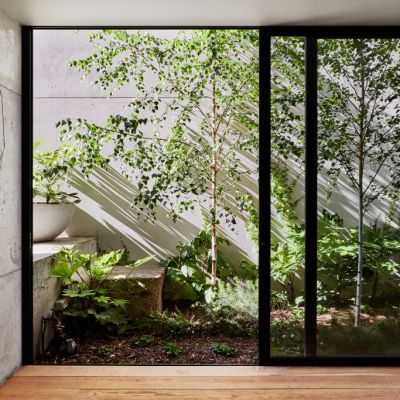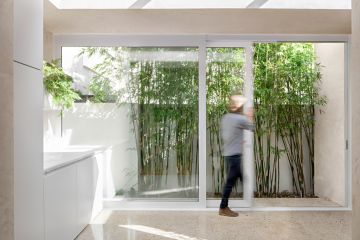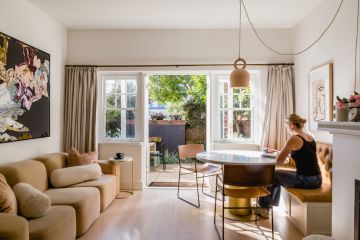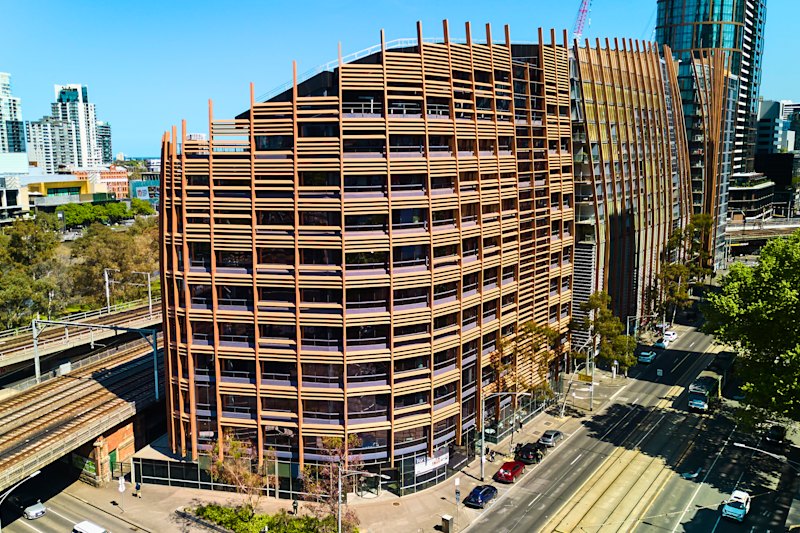Party on: How to soundproof your garden and stay friends with your neighbours

Summer BBQ season is upon us, which for many means sunshine, sausages and paddling pools in the backyard.
But as urban pressures grow and neighbours increasingly spend most of their time within earshot of each other, there are also more tensions around exterior acoustics.
If you’re prone to throwing many a loud outdoor party then you might want to design your garden in a way to minimise noise travelling across your boundary fences.
Hear about Shelley’s sea change on Somewhere Else :
There are ways to minimise, distract and soften noise, ranging from concrete barriers to acoustic panels.
But as with everything, it is impossible to live in an isolated bubble, so if these tricks don’t work then try talking to your neighbours and compromising on a solution.
Or better yet, invite them over for an occasional steak sandwich and potato salad to help keep tensions at bay.
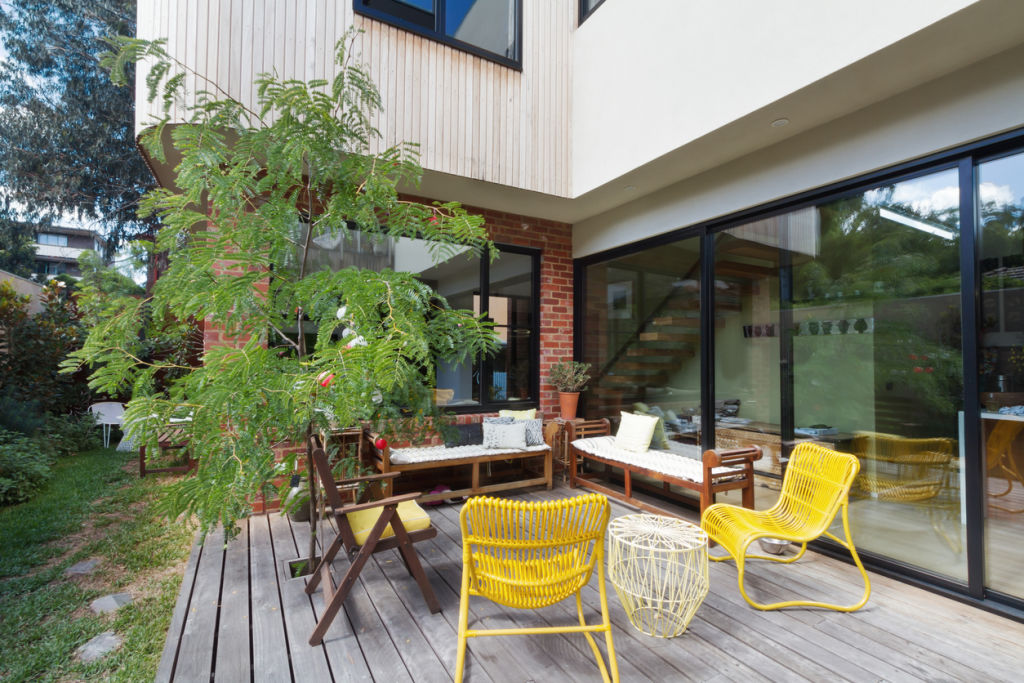
Choose the right materials
Donna Stanish of Auckland based landscape design company Seed Landscapes said if space and budget allowed, then brick, concrete filled block or rock walls were best for cutting down noise.
“They can reduce noise by up to 50 per cent. They are relatively expensive and require a wide footing, so when space is at a premium may not be the best option.”
Stanish said these options were also widely used to reduce road noise on front boundaries.
“Timber fences are more cost effective but they need to be built in a tight formation style such as shiplap. The more dense the timber, such as a hardwood over pine, will also contribute to its noise reduction properties,” Stanish said.

She also said the denser the timber then the more expensive the price.
Other options were brushwood-style fences, which could dampen noise, but these needed to be fairly thick and this style of fence didn’t suit all properties. It also broke down over time.
Glasson Huxtable director Mark Huxtable said traditional barriers such as block or brick could be an effective tool in reducing noise.
“A standard timber fence without gaps will reduce a little noise; this capacity varies depending on the thickness of the material,” he said.
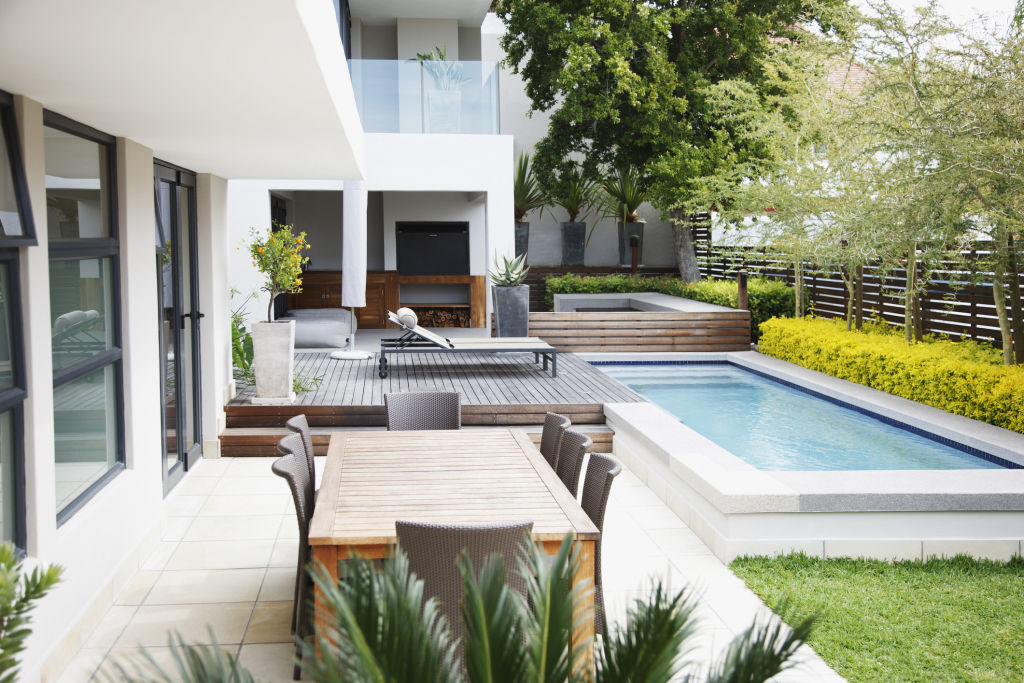
Huxtable said the least effective option was a corrugated steel fence.
Acoustical Society secretary James Whitlock said to stop sound travelling from place to place, a solid barrier that blocked line of sight was the key.
“For example, a close-boarded fence or block wall. It doesn’t have to be particularly heavy,” he said.
The key aspects were that it needed to be high enough and have no gaps underneath or between palings and panels.
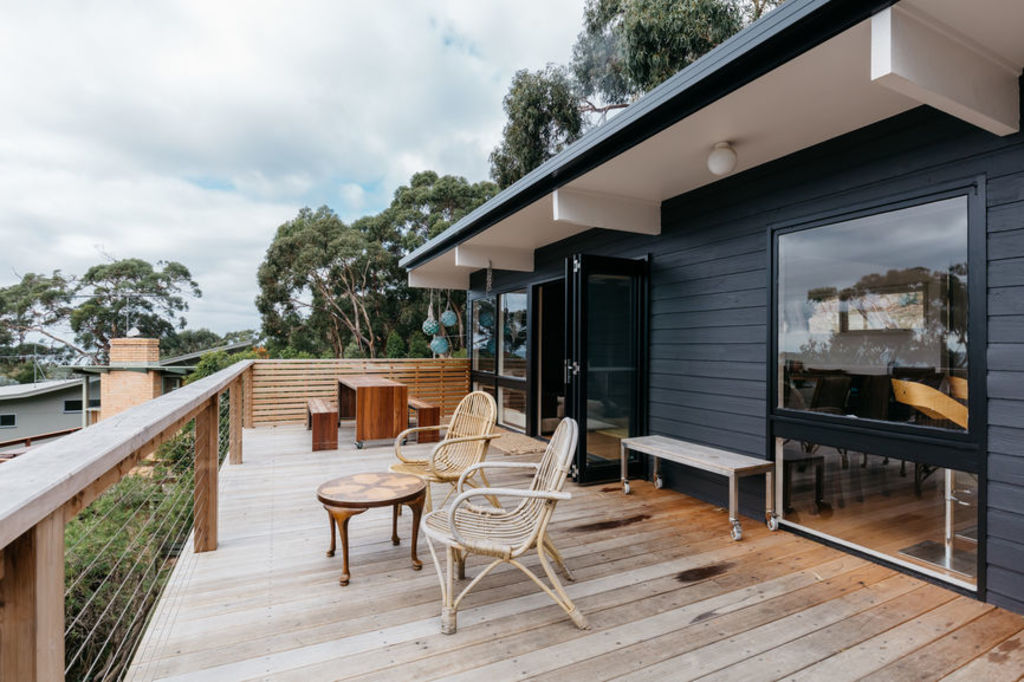
He said lightweight concrete blocks and panels were a “newish” solution.
“They sit on the ground and have mortar between blocks.”
Whitlock said there was nothing acoustically special about blocks or concrete solutions but they worked well because they were solid with no gaps.
A timber fence built as an acoustic barrier could cost up to 50 per cent more than a standard fence, he said.

Plants as a buffer
Stanish said hedging or planting as a noise barrier needed to be used in conjunction with other tools.
“They don’t have a lot of noise reducing properties alone. They can be allowed to grow above the height of the fencing and can give you the impression of less noise as you will have created a cosseted space in your private garden,” she said.
Huxtable recommended plants with dense, thick evergreen leaves to help reduce noise.
He agreed planting didn’t reduce noise by much, but if a thick hedge was planted in conjunction with a barrier, this could both soften noise flow and also help to create a more private space and filter out pollution.

Distractions can work
Stanish said a water feature with a trickling sound could put attention on it and distract from outside noise.
“Playing music when entertaining and encouraging birds in your garden will further place your attention within your garden,” she said.
Acoustic panels
Stanish said acoustic panels were becoming more readily available for outdoor use, though these could look quite industrial.
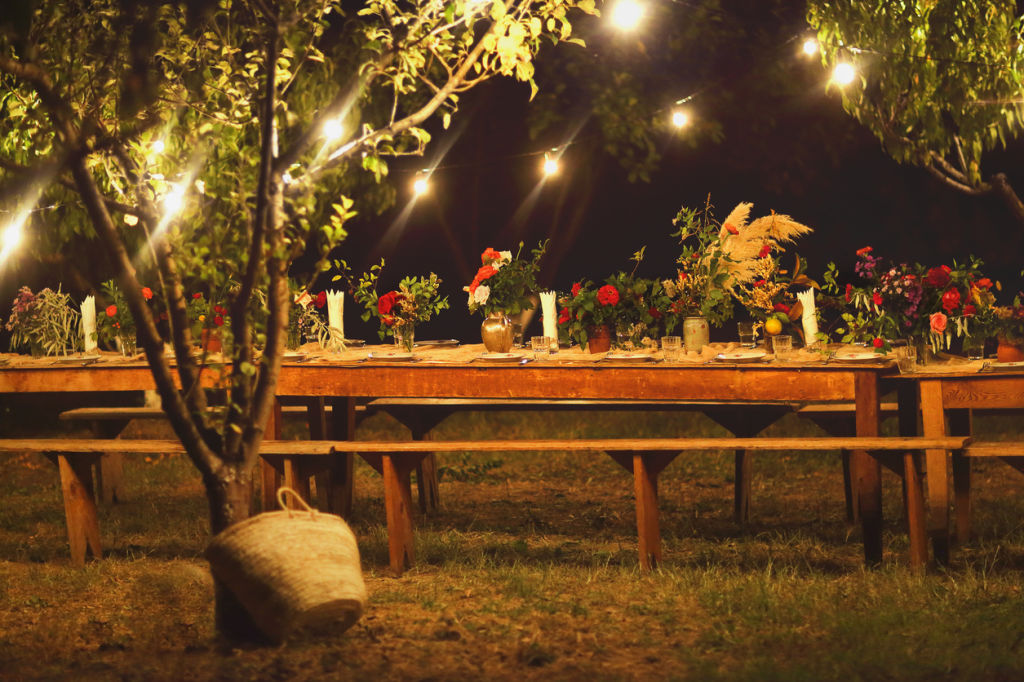
“I would explore the options for breaking up the solid look of the panels with other options. A landscape designer will be able to help you out with softening and integrating the final look and feel of the product in your garden,” she said.
Stanish said as housing density increased, more palatable urban designs would likely make it across the ditch.
Huxtable said urban pressures were growing and so acoustic fences and walls were slowly becoming more commonplace and were a very effective way of reducing noise.
“There are typically solid panels made with a variety of materials. Timber acoustic fences are more lightweight and less likely to be damaged by earthquake activity than traditional blockwork or brick walls,” he said.
This story originally appeared on stuff.co.nz
We recommend
We thought you might like
States
Capital Cities
Capital Cities - Rentals
Popular Areas
Allhomes
More

